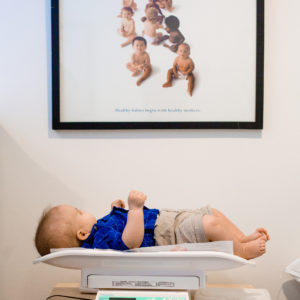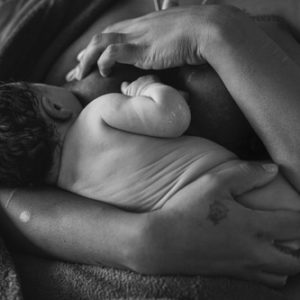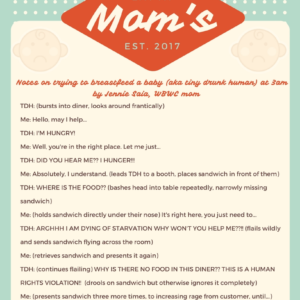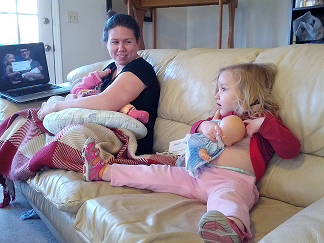MILC Moment: Preventing Holiday Mastitis
Calls about mastitis tend to increase over the holidays. Changes in routine, travel, sleep disruptions, stress, and missed feedings can all contribute to getting engorged, getting a plugged duct, and/or getting mastitis. When you get a plugged duct, it may start as a little lump in the breast. It may feel a little tender, and the skin over it might look more pink or red. If it doesn’t get better, it may get bigger and the congestion may start to spread to other areas of your breast. More of the skin might look red. You might feel body aches or chills, or get a low grade fever. If the congestion still doesn’t go away, you might start feeling worse – like you have the flu, with a high fever. At that point, you should definitely be calling WBWC (or your OB care provider) – “Help! I think I have mastitis!” A round of antibiotics will usually clear up mastitis pretty quickly. But we like to avoid antibiotics if we can, and of course we like to avoid you getting sick! Could we prevent a bad case of mastitis? Sometimes, we can! First is to take care of yourself over the holidays. Keep nursing your baby frequently, don’t skimp on sleep, and do whatever you can to minimize the stress that can come along with the holiday season. If you do start to have issues, it’s good to know that very frequent nursing or pumping often does the trick. If you have a really stubborn spot that won’t clear, all you need may be just your hands – massaging to clear out those congested areas before your breasts get really inflamed. If you’re getting a plugged duct, or if you feel like your plugged duct is getting worse, check out this video for techniques on how to massage and hand express to help clear your breasts: https://vimeo.com/65196007 The Boutique also sells a “Happy Ducts” herbal tincture to help in clearing breast congestion. All the WBWC LCs, and many of the midwives and nurses, have been trained on how to do breast massage to help clear plugged ducts and breast congestion. If you feel like a plugged duct is getting worse, and you’re not able to clear it yourself, you can call for an appointment to get some hands-on help. If you believe you are getting mastitis, or have mastitis, you should always call … Read More









